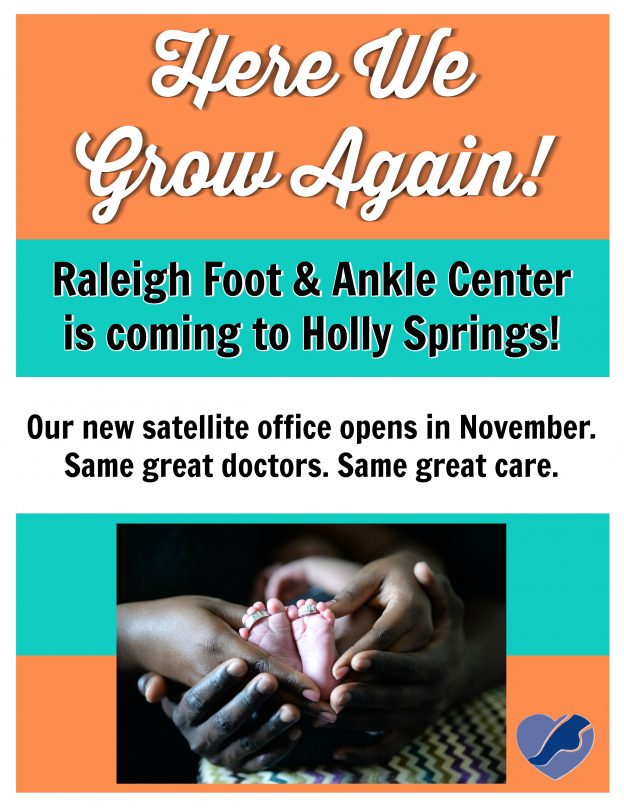You may be going crazy, you might have a foot or ankle problem that has not healed and is limiting your life. You may have tried a lot of simple things and had some improvement, but you just can’t get over the hump. You want to exercise, you want to wear normal shoes, you want to be the person you know you are. Platelet Rich Plasma Injection Therapy could be right for you. It is a low risk treatment for those people who can’t get over the hump. Now let me be clear: it involves drawing blood from your arm, separating the healing cells, and injecting them back into your injured area. Yep, it’s a shot. But, with proper numbing medicine and a little TLC, this can be relatively comfortable.
Also, this treatment is not for everyone. Not every foot and ankle problem can benefit from PRP. However, this treatment can be quite beneficial for some common problems such as achilles tendonitis and plantar fasciitis. If you’ve tried a lot of treatments, been to a lot of doctors, and feel like you’re losing your mind because you can’t be the active, healthy person you want to be, PRP Injection Therapy may just be right for you.
How Do PRP Injections Work?
PRP injections work by taking a patient’s own blood and spinning it in a centrifuge to isolate an increased number of the healing cells in that patient’s own blood. Following this sterile protocol, these cells are injected, by the doctor, into the injured area. Utilizing an increased number of healing cells in a focused location of injury can improve how healing occurs and how pain is relieved. This treatment is done in an office setting with numbing medicine. This is not a surgery and it is not done in a hospital. It can be a comfortable, safe procedure that allows the patient to continue daily activities. PRP Injection Therapy is rarely covered by insurance, so costs to the patient are likely. Because we are caring for an injured part, control of strain to the area is usually necessary with a supportive shoe insert, an ankle brace, or a removable air cast boot. Treatment results vary, based on what type of injured body part is being treated and how long the condition has been present. Risks associated with this treatment are low. Reactions and side effects are minimal since there is no incision and no general anesthesia, as well as no oral medications needed. Ask a board-certified foot and ankle specialist if PRP Injection Therapy is right for you.
Call 919-850-9111 (for Raleigh and Holly Springs)





